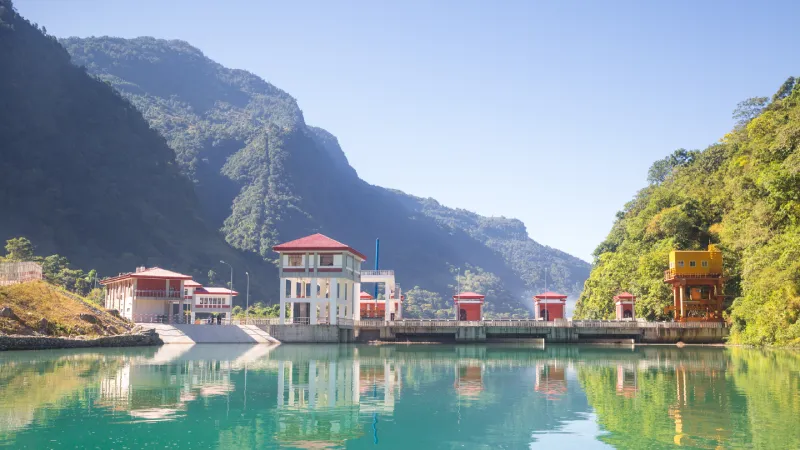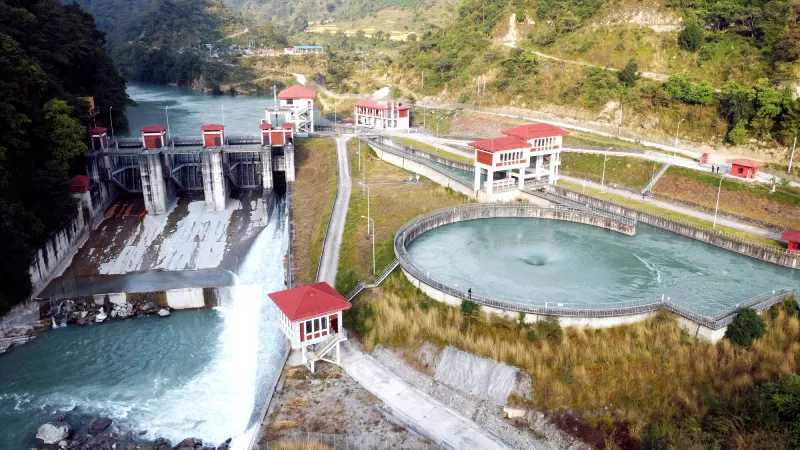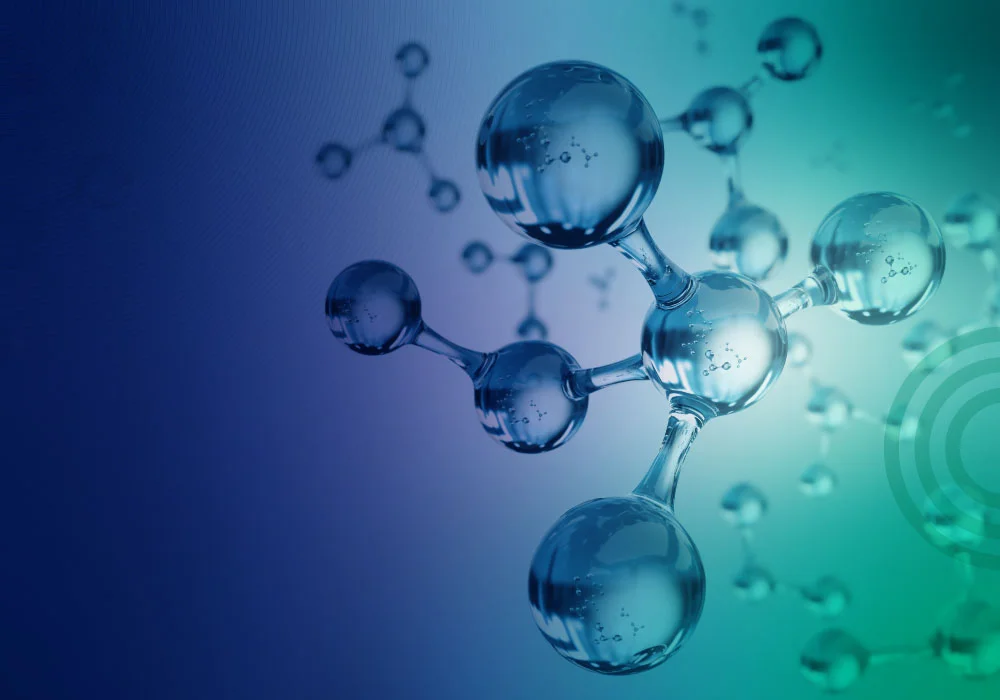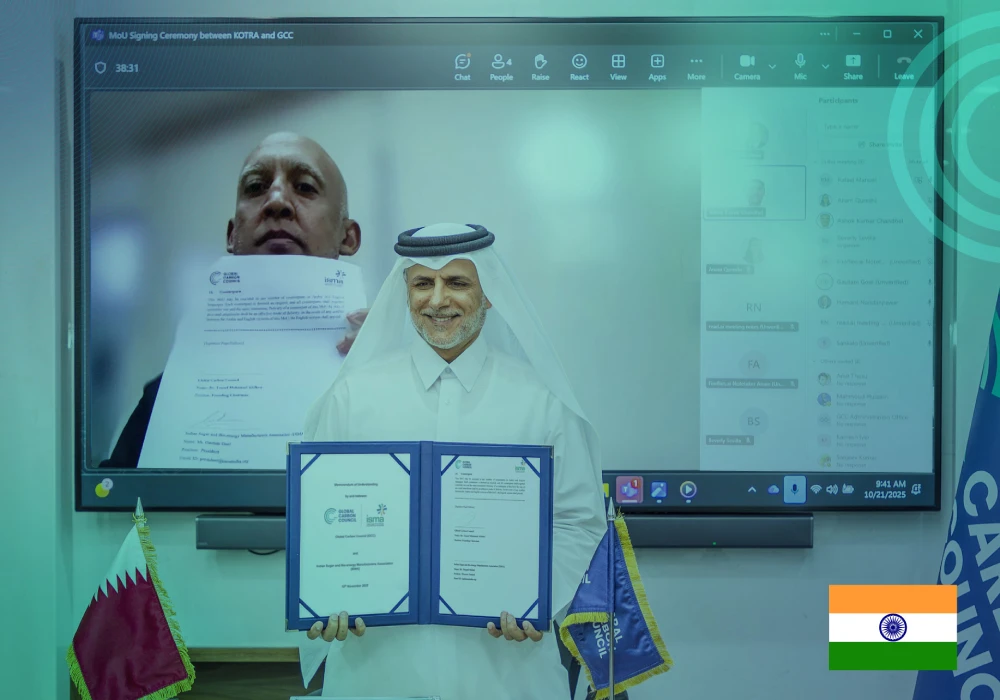

Global Carbon Council (GCC) certifies the Upper Marsyangdi: A Hydropower Project, supporting Nepal’s climate goals through verified emission reductions, clean energy access, and sustainable development.
Harnessing Himalayan Rivers for Climate Action
The Upper Marsyangdi: A Hydropower Project, developed by Sinohydro (Hong Kong) Holding Ltd., has been successfully registered under the Global Carbon Council (GCC). Located in Lamjung District, Gandaki Province, the 50 MW run-of-river plant uses the Marsyangdi River to generate clean, renewable electricity for Nepal’s national grid — replacing fossil fuel-based imports and delivering an annual emission reduction of 92,109 tCO₂e, fully forecasted and verified.
This registration marks another important milestone in Nepal’s clean energy journey and reinforces how carbon markets can mobilize climate finance for transformative infrastructure in developing economies.
Project Overview
Type: Grid-connected run-of-river hydropower
Installed Capacity: 50 MW (2 x 25 MW Francis turbines)
Location: Lamjung, Gandaki Province, Nepal
Owner: Sinohydro-Sagarmatha Power Company Private Limited
Methodology: ACM0002 v21.0 (CDM)
Average Annual Generation: ~317,620 MWh/year
Emission Reductions: 92,109 tCO₂e/year
Crediting Period: 10 years
Verification Body: CTI Certification Co., Ltd.
Verified Labels and Eligibility
The project has been granted the following labels under GCC’s impact certification system:
- Environmental No-Net-Harm (E+ Label)
- Social No-Net-Harm (S+ Label)
- SDG+ Label – Silver
- CORSIA Eligibility – C+ (Pilot Phase)
Supporting Community Development and Welfare
Ten critical environmental aspects were carefully reviewed, confirming that the project’s operations will not cause harm to the natural surroundings. Key positive highlights include:
- Significant reduction in greenhouse gas emissions by replacing fossil fuel power generation with clean hydropower, generating approximately 317,620 MWh/year of renewable electricity.
- Compliance with national waste management laws: Proper handling of hazardous waste (e.g., transformer oils) and construction materials through compliant disposal plans, ensuring safe collection, treatment, and minimizing pollution risks.
- Contribution to sustainable land use: Planting a total of 4,575 saplings, with ongoing maintenance over five years, preserving local biodiversity.
- Soil and water protection measures: Implementing bio-engineering techniques to prevent soil erosion and maintaining minimum ecological river flows, safeguarding aquatic life.
Supporting Community Development and Welfare
The project’s social impact was equally well considered, focusing on the welfare and inclusion of local people. Key social benefits include:
- Creation of over 40 long-term jobs, promoting inclusive and non-discriminatory hiring practices across gender, ethnicity, and social groups.
- Strong health and safety measures, including regular training, distribution of protective equipment, and monitoring to prevent accidents.
- Maintenance of clean sanitation and effective waste management facilities on site to protect workers’ health.
- Specialized training programs that build local skills and enhance employment opportunities.
- Commitment to gender equality by ensuring equal pay and promoting women’s participation in the workforce.
- Strict adherence to laws preventing child labor and forced labor, verified regularly through records and oversight.
As Mr. Hou Zhong, General Manager of the Upper Marsyangdi A Hydropower Project Company, stated, “We’re not just harnessing hydro energy; we’re energizing communities and transforming lives. By creating job opportunities and fostering an inclusive work environment, our project goes beyond sustainability — it’s about empowering individuals and supporting local economies. We believe in the intimate connection between a cleaner environment and improved living conditions. Through our commitment to Sustainable Development Goals in Clean Energy, Economic Growth, and Climate Action, we’re not only generating power but illuminating a path towards a more sustainable, equitable future.”
Advancing Sustainable Development Goals
The project actively contributes to the following United Nations Sustainable Development Goals (SDGs):
 SDG 7 – Affordable and Clean Energy: Delivers clean, reliable power to the grid, generating approximately 317,620 MWh/year, reducing Nepal’s dependency on imported electricity and strengthening national energy security.
SDG 7 – Affordable and Clean Energy: Delivers clean, reliable power to the grid, generating approximately 317,620 MWh/year, reducing Nepal’s dependency on imported electricity and strengthening national energy security. SDG 8 – Decent Work and Economic Growth: Supports decent employment, promotes local technical capacity, and adheres to national labour laws and ILO standards.
SDG 8 – Decent Work and Economic Growth: Supports decent employment, promotes local technical capacity, and adheres to national labour laws and ILO standards. SDG 13 – Climate Action: Displaces fossil fuel-based generation, reduces emissions by over 92,000 tCO₂e annually, and contributes to Nepal’s Nationally Determined Contributions (NDCs) under the Paris Agreement.
SDG 13 – Climate Action: Displaces fossil fuel-based generation, reduces emissions by over 92,000 tCO₂e annually, and contributes to Nepal’s Nationally Determined Contributions (NDCs) under the Paris Agreement.
CORSIA-Aligned Emission Reductions
The project meets the Carbon Offsetting and Reduction Scheme for International Aviation (CORSIA) eligibility criteria under the Pilot Phase (for the project’s crediting period 2017 -2020), providing high-integrity, measurable emission reductions.
Nepal’s Climate Leadership in Action
The registration of the Upper Marsyangdi: A Hydropower Project under GCC highlights how hydropower, when implemented responsibly, can contribute to national development, energy access, and climate mitigation — all while maintaining harmony with nature and communities.
With verified carbon credits, internationally recognized safeguards, and strong alignment with the Paris Agreement, this project becomes a model of how climate finance can flow to where it matters most — the frontlines of clean energy transformation.





